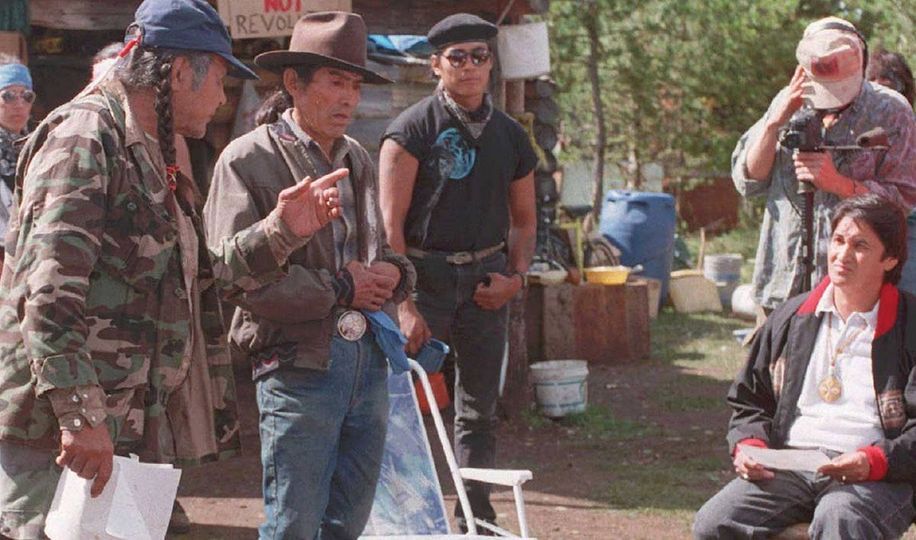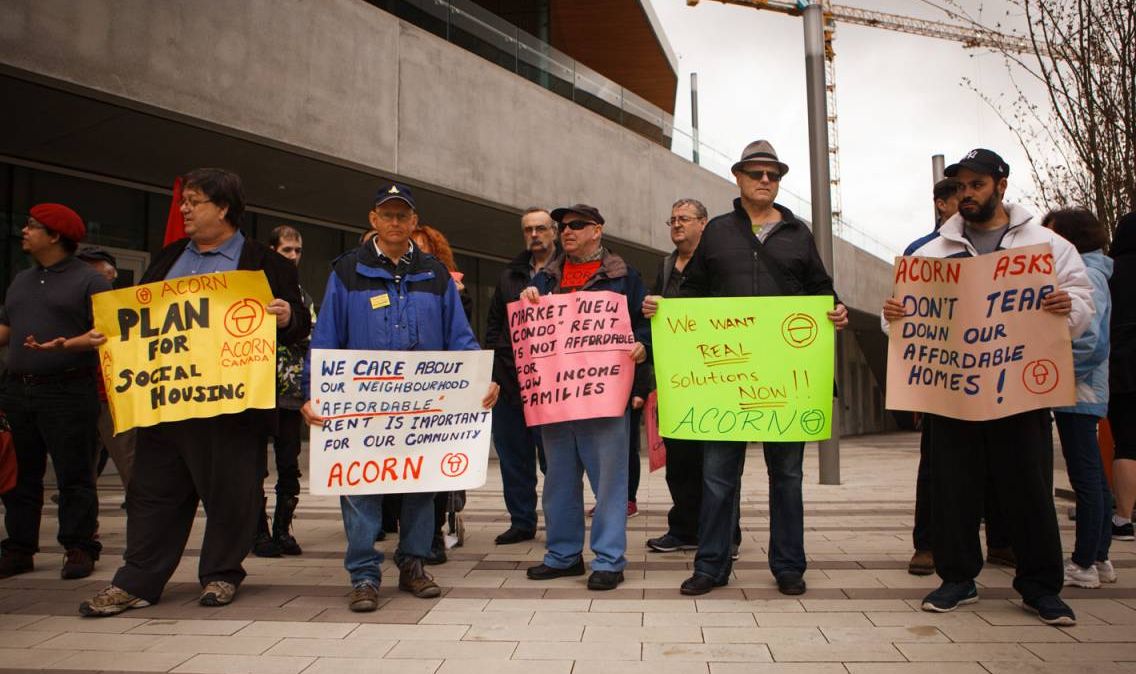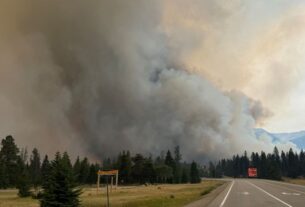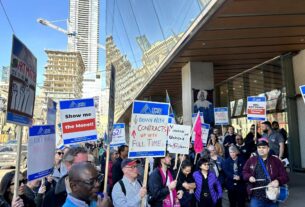August 18, 2020 marks 25 years since the beginning of the largest paramilitary operation in Canadian history. Between August 18 and September 17, 1995, 400 heavily armed RCMP officers, 5 helicopters, 2 surveillance planes and 9 military-loaned Armoured Personnel Carriers were launched into unceded Secwepemc territory. This incident is commonly known as the Gustafsen Lake Stand-Off.
Ts’Peten (Gustafsen) Lake is located in the unceded Secwepemc territory in what is called British Columbia. This was the site of the Sundance ceremony, which had taken place there since 1989. Although the site is ancestral, unsurrendered territory, an agreement was reached between the Sundancers and rancher whose “lands” surrounded the site. Conflict began to escalate when the rancher asked the occupants to leave after they erected a fence to keep cattle from their ceremonial grounds. Cowboys began riding through the site harassing and intimating the men, women and children participating in ceremony. RCMP refused to get involved past “observing,” citing this as a dispute between the rancher and Sundancers. It wasn’t until the land defenders asserted their right to their unceded, ancestral territories did RCMP begin camouflaged reconnaissance around the perimeter. Negotiations between RCMP, local elected leadership, Assembly of First Nations and the land defenders were unsuccessful.
Before social media it was easier for the state to formulate its own smear campaign against land defenders with very little opposition. Reporters were only allowed to receive updates from RCMP – the stories peddled demonized Indigenous people as thugs, and threats effectively eliminated any meaningful discussion of the fundamental issues of land rights and title.
To further protect the status quo of capitalist society, which necessitates private property functions, the state used a militarized approach. Land mines were buried around the site, including on the access road. On September 11, RCMP detonated an explosive device underneath a supply truck being driven by land defenders. As the land defenders tried to flee the wreckage, they were shot at by RCMP.
Reflecting on the stand-off in 2015, Elder Flo Sampson who was present said: “they brought 18 body bags up here… because there was 18 of us up here.”
The stand-off ended on September 17, and miraculously, there were no deaths despite the RCMP having fired 77,000 rounds of ammunition. The 18 land defenders were arrested and charged; 15 served jail terms including leader Elder Wolverine.
The thread that weaves through the Gustafsen Lake Stand-Off, weaved through Oka and presently through the Tiny House Warrior Movement, Unist’ot’en Camp and 1492 Land Back Lane is Indigenous peoples exercising their rights and title through systems that predate colonialism. It is resistance against a neo-colonial, capitalist state, hell-bent on seizing and extracting every last profit from Indigenous territory no matter the cost.
There are many commissions, reports and studies outlining the specific, devastating and ongoing impacts of colonial genocide. Political parties come and go from office; the New Democratic Party (NDP) in 1995 was plagued with scandal and distrust. Then Premier Harcourt reduced welfare rates and backtracked on promised environmental protections, but in an effort to regain public support took a hard-nosed stance against Indigenous land defenders at Gustafsen Lake. Almost 25 years later, NDP Premier John Horgan’s “rule of law” statement echoes this, referring to the RCMP invasion of sovereign Wet’suwet’en territory. This is despite the NDP’s barely 3-month-old commitment to implement the United Nations Declaration on the Rights of Indigenous Peoples (UNDRIP).
The Tsilhqot’in and Grassy Narrows landmark court cases elevate the requirements for justifying treaty infringements. These court decisions make clear the infringement on Aboriginal title and clarified that historical treaties were not documents by which First Nations gave up their land titles. The Delgamuukw-Gisday’wa Supreme Court decision confirmed that Aboriginal title to lands in Wet’suwet’en territory had never been surrendered.
Despite the reports and court cases providing recommendations and supplementing court battles, there is the ever-present fear and reality of violent displacement by the state. Despite so-called British Columbia having no established legal right to make decisions about Indigenous peoples’ lands, their intrusion continues.
The Supreme Court decisions, recommendations of the Truth and Reconciliation and Missing and Murdered Indigenous Women and Girls Commissions, and BC’s Declaration on the Rights of Indigenous Peoples Act (DRIPA) are all useful and can be powerfully wielded but they can never be fully realized within capitalism. This is because most of these demands collide with capitalist interests; there is no profit in sustainable, communal well being. Capitalism has no more land to exploit once Indigenous peoples regain full jurisdiction and control over their traditional territories. A colonial, capitalist state built on the erroneous promise of private property and the free market to supposedly benefit all, cannot co-exist on lands held in common, where production is for need (not profit) and the health of the land is paramount.
Gustafsen Lake and events like it will be replayed generation after generation, as long as capitalism exists. As socialists, we support the resistance of Indigenous peoples, of the organized working class and all those who stand up against the capitalist state. We stand in solidarity with those who defend their lands, and who put people and planet before profit.




